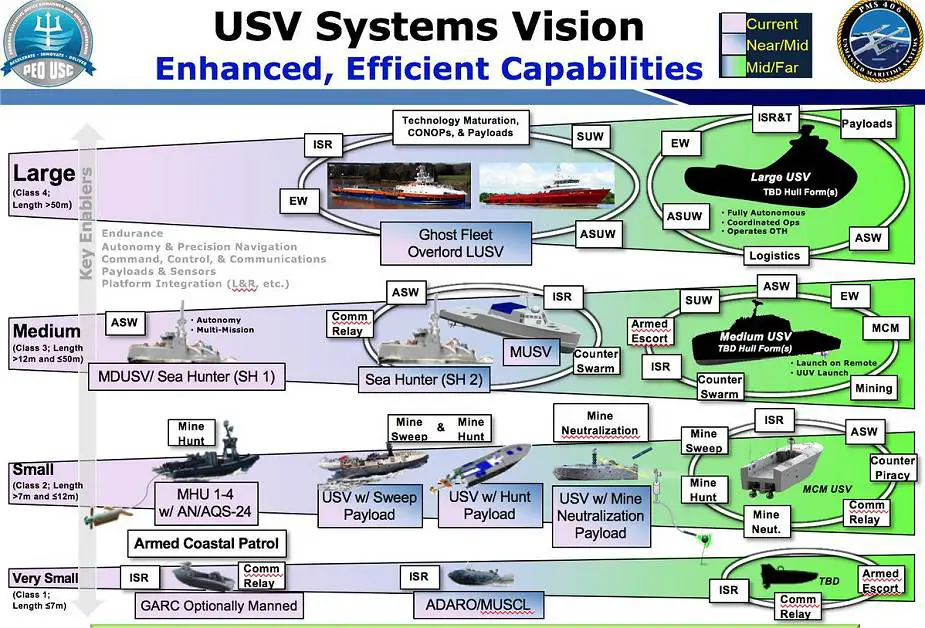Oldgateboatdriver
Army.ca Veteran
- Reaction score
- 2,281
- Points
- 1,010
Quite true, FSTO.
And it extends to more than just training their BWK.
First, I have always been amazed that the USN, in today's world of highly complex shipboard machinery and weapons systems, still employs SWO's for engineering positions instead of actual engineering officers (as a trade and qualification: P Eng.).
Second, in copying the RCN/RN/RAN system, of sorts, you also must include consolidation training and specific duties training (what we call our D-Level, ORO course etc.).
Look at the author: In his short five year career, he was first a communication's officer (assuming his first posting - he would have had to become a BWK during that tour) and then navigator of a ship capable of 38 Kts and expected to go in coastal/inshore waters. He doesn't seem to get any specific training for these tasks, even though I know he gets assistance from trained personnel, even for navigation (Quartermaster rate).
Can anyone imagine we would let one of our officer into one of these position without specific training first (D-level), and in particular, can anyone imagine the 16 weeks (is FNO still 16 weeks?) of navigation hell we would put an officer through before he/she became the ship's navigation officer of a ship capable of 38 Kts.
So our system provides training in specific tasks at each steps of one's career before taking on the job. And, in many cases, especially after the original BWK training, provides a sea posting where the primary duty of the officer is watch keeping only as consolidation training.
And it extends to more than just training their BWK.
First, I have always been amazed that the USN, in today's world of highly complex shipboard machinery and weapons systems, still employs SWO's for engineering positions instead of actual engineering officers (as a trade and qualification: P Eng.).
Second, in copying the RCN/RN/RAN system, of sorts, you also must include consolidation training and specific duties training (what we call our D-Level, ORO course etc.).
Look at the author: In his short five year career, he was first a communication's officer (assuming his first posting - he would have had to become a BWK during that tour) and then navigator of a ship capable of 38 Kts and expected to go in coastal/inshore waters. He doesn't seem to get any specific training for these tasks, even though I know he gets assistance from trained personnel, even for navigation (Quartermaster rate).
Can anyone imagine we would let one of our officer into one of these position without specific training first (D-level), and in particular, can anyone imagine the 16 weeks (is FNO still 16 weeks?) of navigation hell we would put an officer through before he/she became the ship's navigation officer of a ship capable of 38 Kts.
So our system provides training in specific tasks at each steps of one's career before taking on the job. And, in many cases, especially after the original BWK training, provides a sea posting where the primary duty of the officer is watch keeping only as consolidation training.





